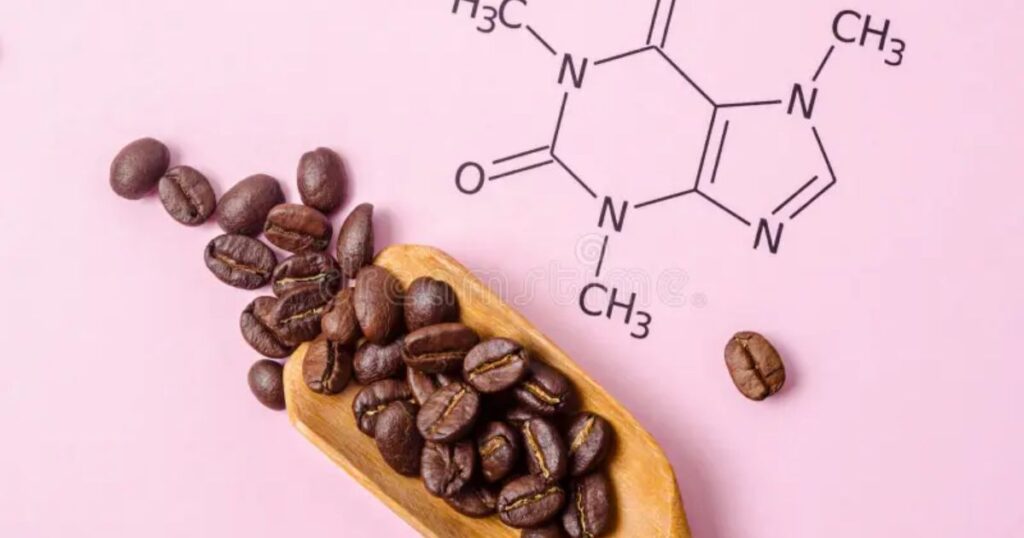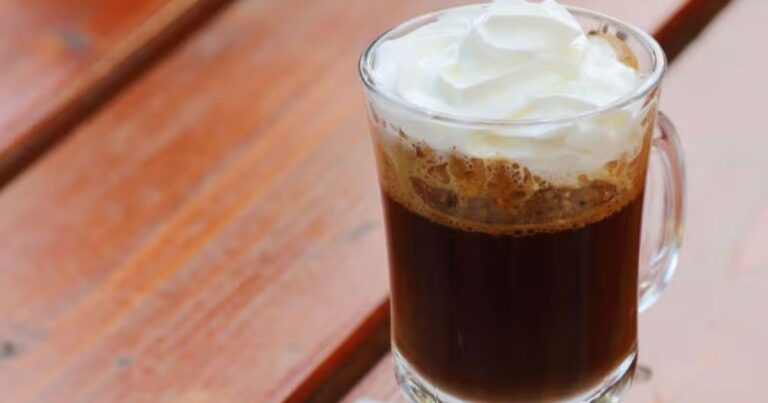Cubano Coffee vs Espresso: Key Differences You Need to Know
Coffee lovers around the world often debate the merits of different brews, and when it comes to strong coffee, two drinks always spark a conversation—Cubano coffee and espresso.
Both beverages pack a punch, but they’re not the same. While espresso is a staple in many coffee cultures, Cubano coffee brings a unique twist to its Cuban roots.
In this article, we’ll dive into what makes these two coffees different and help you understand which one you might prefer, based on your taste and coffee needs. So, let’s get started with the basics!
What is Cubano Coffee?
Cubano coffee, or Café Cubano, is a traditional Cuban espresso drink that has become a staple in Cuban culture. It’s more than just a regular espresso—it’s a style of coffee that combines the bold flavors of espresso with a layer of sweetness.

The unique thing about Café Cubano is the way it’s made. While regular espresso simply brews coffee under high pressure, Cubano coffee adds sugar to the espresso grounds during the brewing process. The result? A smooth, creamy, and sweet coffee that still carries the intensity of a strong shot of espresso.
What is Espresso?
Espresso, on the other hand, is the base for many popular coffee drinks such as lattes, cappuccinos, and Americanos. Originating in Italy, espresso is made by forcing hot water through finely-ground coffee at high pressure.

The brewing method extracts oils, acids, and flavors from the coffee beans, producing a rich, concentrated shot of coffee. Espresso is typically served in small quantities (1 ounce or 30 milliliters), but don’t let the size fool you—it packs a serious punch in terms of caffeine content.
Espresso is known for its bold, rich flavor and the layer of crema that sits atop it. Unlike Cubano coffee, espresso is often consumed without any added sweetness, making it ideal for those who enjoy a more bitter, robust flavor.
Origins and Cultural Significance
Cubano Coffee’s roots are firmly planted in Cuban culture. Coffee has always been an integral part of daily life in Cuba, often enjoyed in the morning or after meals as a social activity. The process of making Café Cubano is almost ceremonial.

It is commonly served in small, strong shots at any local Cuban café. It’s more than just a drink; it’s a symbol of hospitality and Cuban identity.
Espresso, however, hails from Italy, where it was invented in the early 20th century. It quickly became the cornerstone of Italian coffee culture, and today, espresso bars are a common sight in Italy and around the world.
Unlike the social tradition of Café Cubano, espresso is often consumed as a quick pick-me-up on the go. It’s enjoyed in cafés, restaurants, and homes, either straight or as the base for other coffee beverages.
Flavor Profile: Sweetness vs. Boldness
One of the most noticeable differences between Cubano coffee and espresso is their flavor profiles. As mentioned, Café Cubano is sweetened during the brewing process. The sugar mixes with the coffee grounds and creates a foam-like crema on top, which gives it a smooth, velvety texture.

This results in a coffee that’s both bold and sweet—ideal for those who enjoy a strong coffee flavor without the bitterness.
Espresso, however, has a more intense, bitter flavor. It’s not sweetened unless you add sugar yourself. For some coffee enthusiasts, the bitterness is what makes espresso so special. The complex flavors and rich body of the espresso come through without any distractions.
You’ll often find espresso with notes of chocolate, caramel, or even fruit, depending on the beans used, but sweetness is usually not part of the experience.
Preparation Method: The Art of Brewing
Both Café Cubano and espresso are made using the same method, which is brewing coffee under high pressure. However, the big difference lies in how sugar is incorporated into the process for Cubano coffee.

When making Café Cubano, sugar is added to the espresso grounds before brewing, creating a sweeter base for the coffee. As the espresso is brewed, the sugar mixes with the oils from the coffee, producing a smooth, creamy, and sweet texture that sets Cubano coffee apart.
Espresso, on the other hand, doesn’t involve any sugar in its preparation. It’s all about the beans and the method of extraction. The high pressure forces water through the finely ground coffee, resulting in a concentrated shot of coffee that’s rich in flavor and crema.
Some people choose to add sugar or milk to espresso, but traditionally, it’s served straight and unaltered.
Caffeine Content: A Strong Kick
Both Cubano coffee and espresso have high caffeine content, but the way they are served and consumed can affect how much caffeine you actually get. Espresso contains approximately 63 milligrams of caffeine per ounce.

This makes it one of the most concentrated ways to enjoy coffee, but since espresso is typically served in small amounts (1 ounce), you may need to drink several shots to feel a more substantial effect.
On the other hand, Cubano coffee starts with espresso but adds sugar, which can alter how quickly you feel the effects. Since Café Cubano is generally served in smaller shots, you’re still getting a strong dose of caffeine per serving, but the sugar can give you a quick burst of energy.
Serving Style: Small Sips or Quick Shots?
When you order a Café Cubano, it’s usually served in a small cup, similar to an espresso shot, but the sugar gives it a more indulgent texture. It’s a drink that’s meant to be savored slowly, even though it’s strong and concentrated.

In Cuba, it’s common to enjoy a Café Cubano while sitting down with friends or family, chatting and relaxing.
Espresso, in contrast, is typically consumed quickly, often standing up at a café or bar. In Italy, the tradition is to drink espresso standing up at the bar, often with a small glass of water on the side. It’s a quick, energizing drink that’s perfect for those on the go, especially when you need a fast caffeine fix.
Which One Should You Choose?
Choosing between Cubano coffee and espresso depends on your taste preferences and the experience you’re looking for. If you enjoy strong, bold flavors but prefer a sweeter, smoother coffee, Cubano coffee might be your go-to. It’s perfect for those who want something with a bit of sweetness and richness.

If you’re a purist who enjoys the deep, bitter flavors of a classic coffee shot, then espresso is the way to go. It’s simple, concentrated, and offers a no-frills coffee experience that’s hard to beat.
Conclusion: Which is Right for You?
In the end, both Cubano coffee and espresso are fantastic options for coffee lovers who want something bold and intense.
Café Cubano gives you a sweet twist on the traditional espresso, combining bold flavors with sugar to create a rich, indulgent coffee. Espresso, on the other hand, is all about purity—strong, bitter, and pure coffee that’s perfect for those who want a more straightforward coffee experience.
So, next time you’re in the mood for a strong, flavorful coffee, try both the Cubano as well as Espresso coffee. The choice is yours.
FAQs
Is Cuban Coffee Stronger Than Espresso?
Cuban coffee is similar in strength to espresso. A single shot of Cuban espresso typically contains 40-50 milligrams of caffeine. This is roughly the same amount found in a standard espresso shot.
Is Cuban Coffee Made With Espresso?
Yes, Cuban coffee is made using strong, dark roast espresso.
It is brewed with finely ground coffee and high pressure.
This gives it a rich, bold, and sweet flavor.
Does Cuban Coffee Have More Caffeine?
Yes, Cuban coffee has more caffeine than regular coffee. It is brewed using a strong espresso method. The result is a bold and concentrated caffeine boost.
Is Cuban Coffee Like Espresso?
Cuban coffee, also called café cubano or cafecito, is a type of espresso.
It is brewed similarly but has a distinct sweet flavor from whipped sugar. This makes it stronger and sweeter than regular espresso.
What is the Difference Between Espresso and Cuban Coffee?
Espresso and Cuban coffee are brewed similarly, but Cuban coffee includes demerara sugar. The sugar is added before brewing, creating a sweet, rich flavor. This makes Cuban coffee bolder and slightly caramelized compared to regular espresso.







